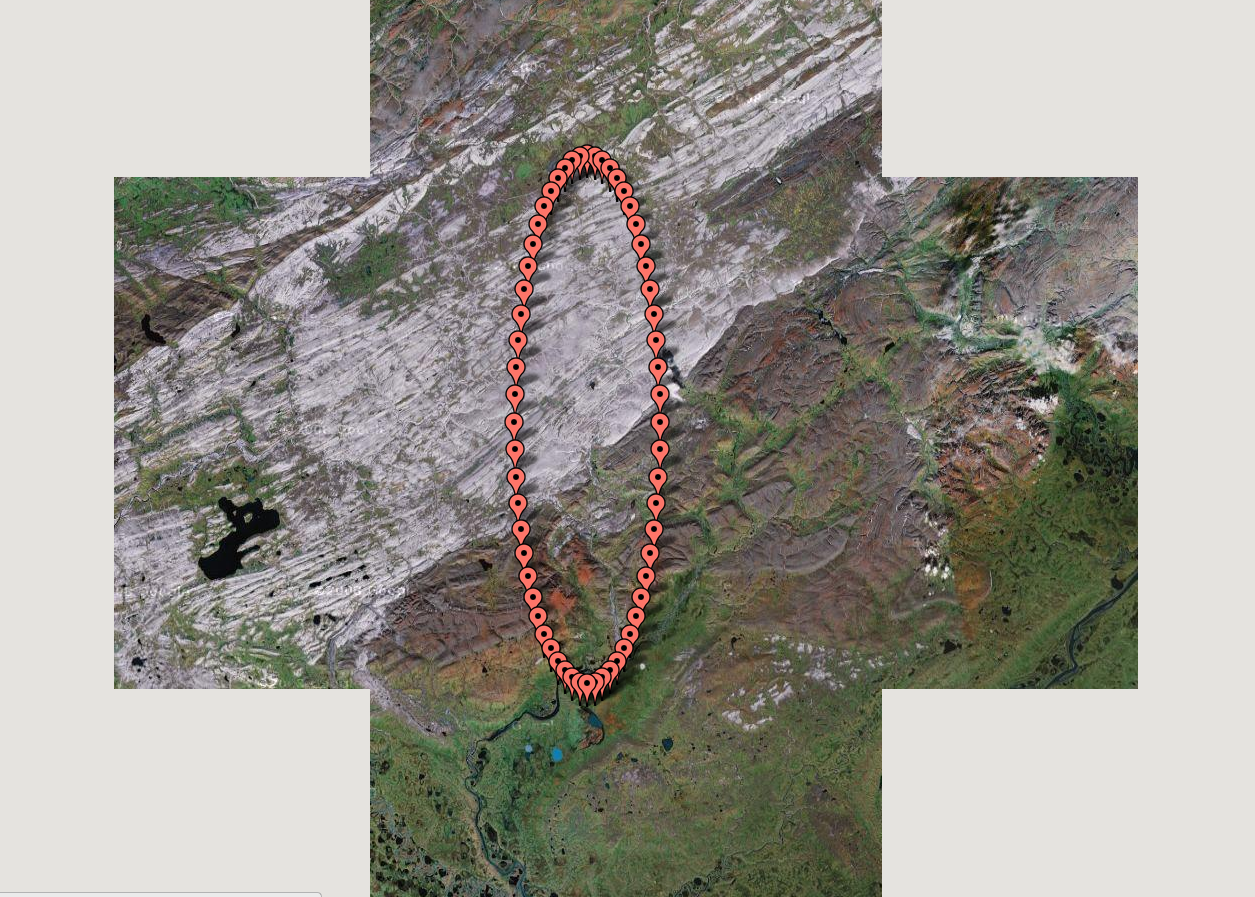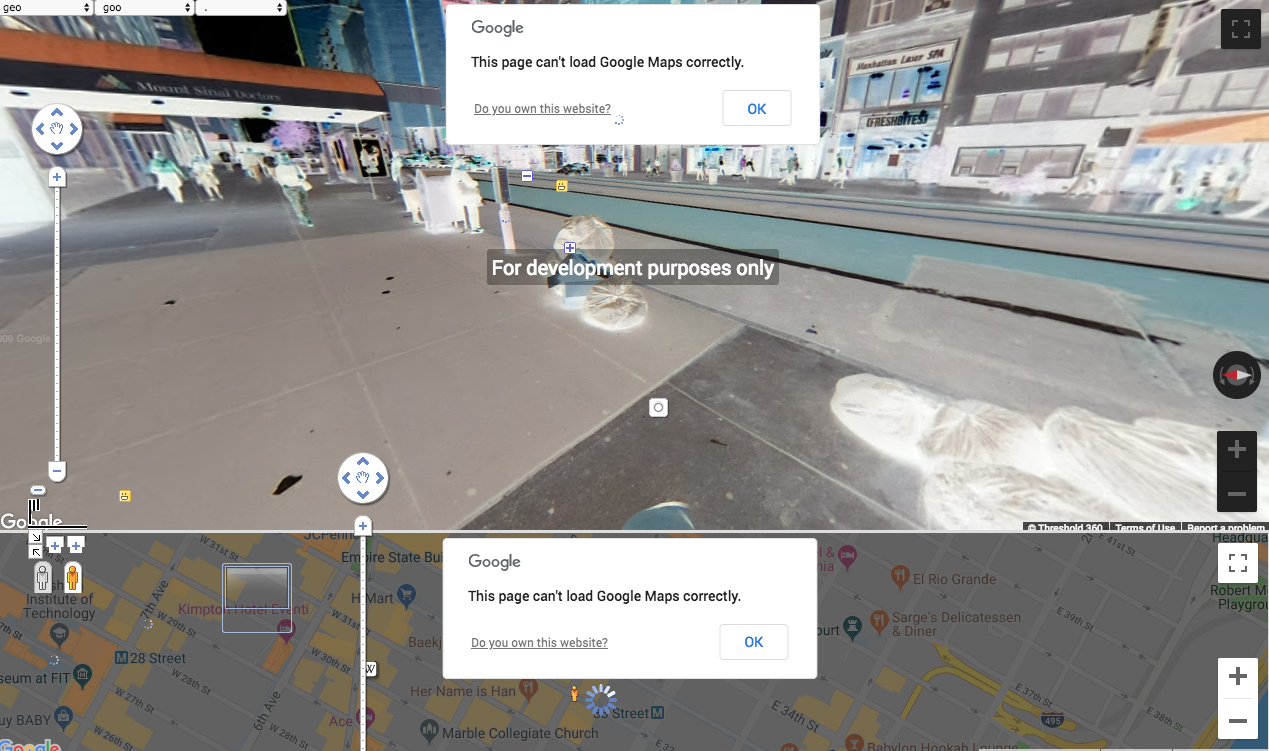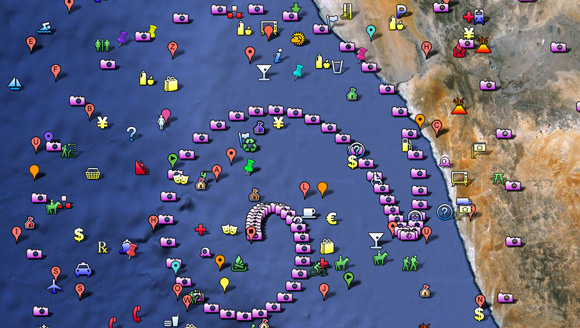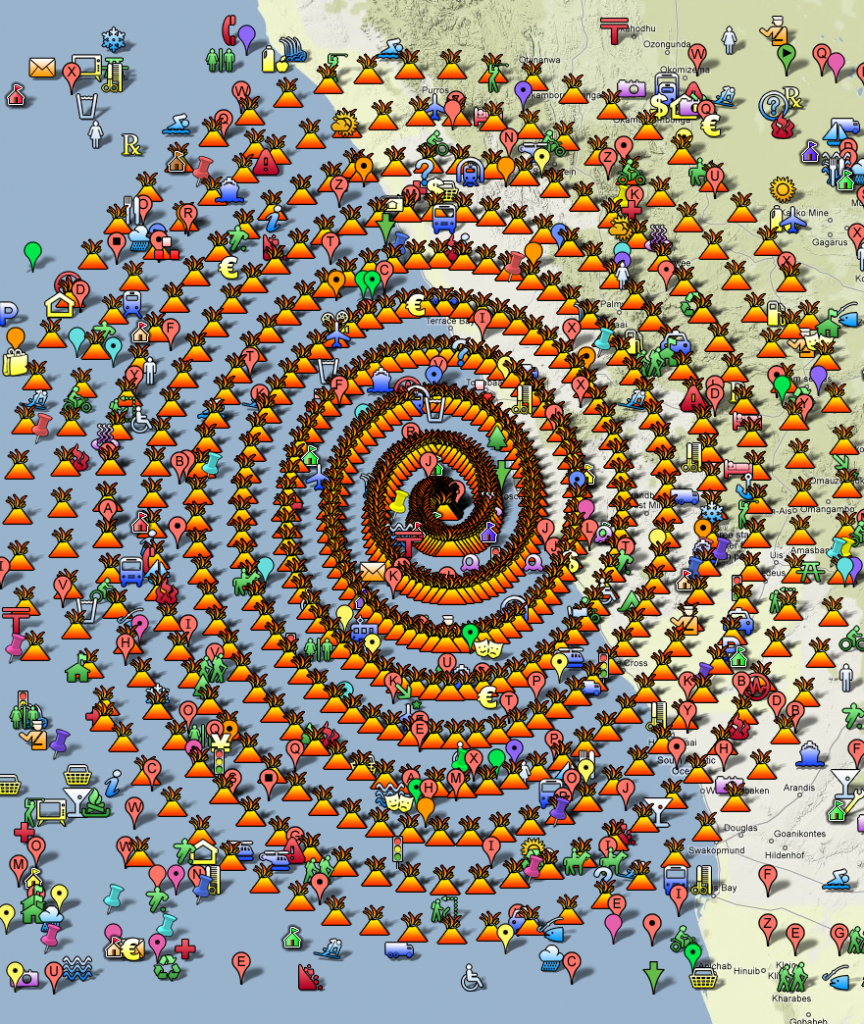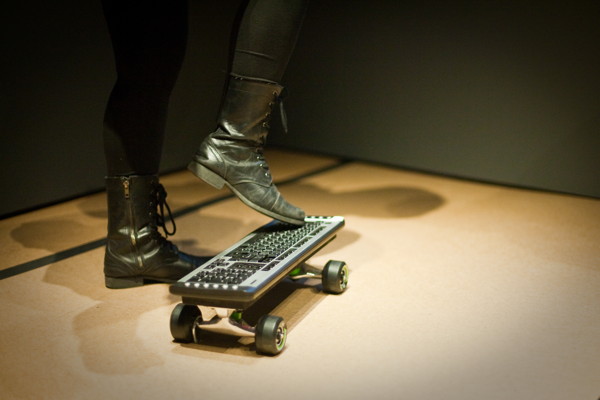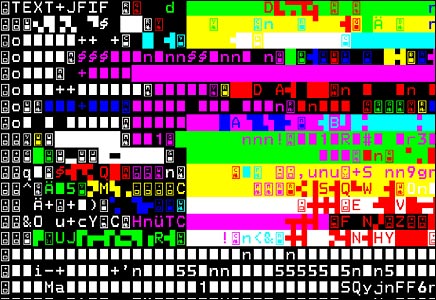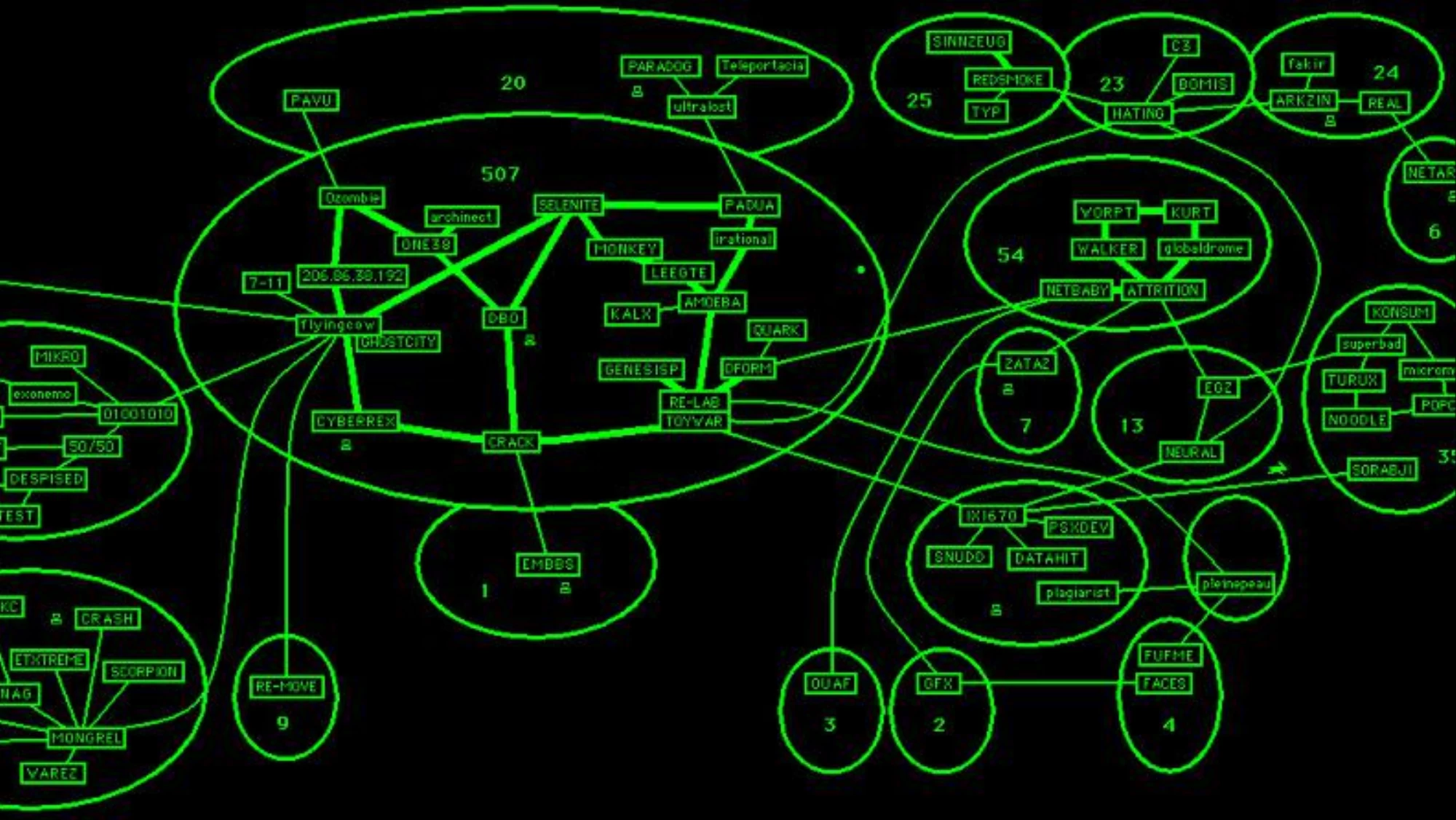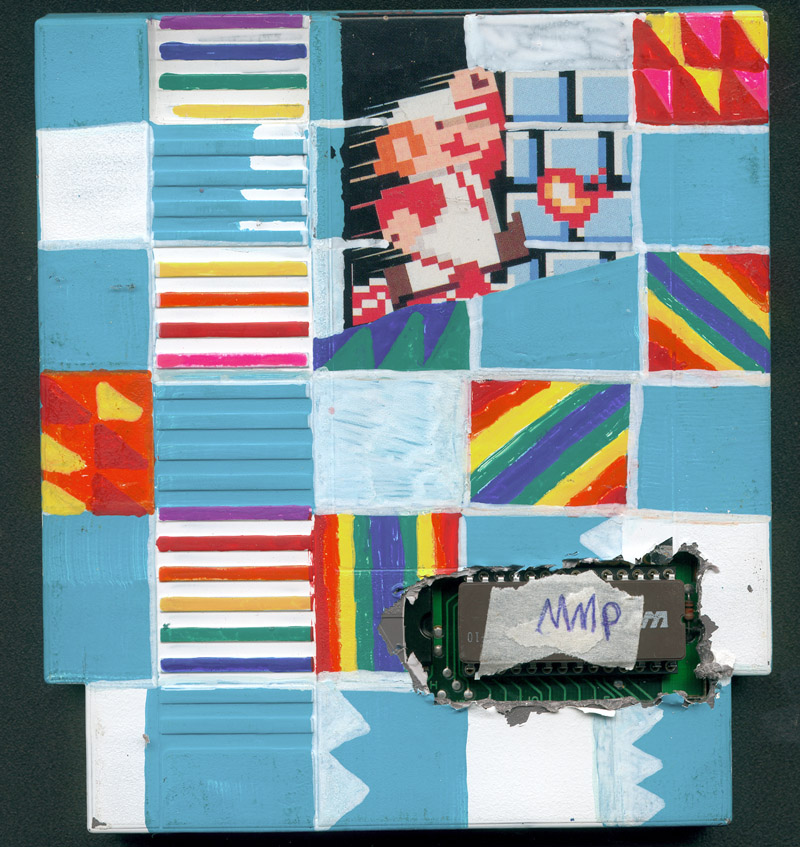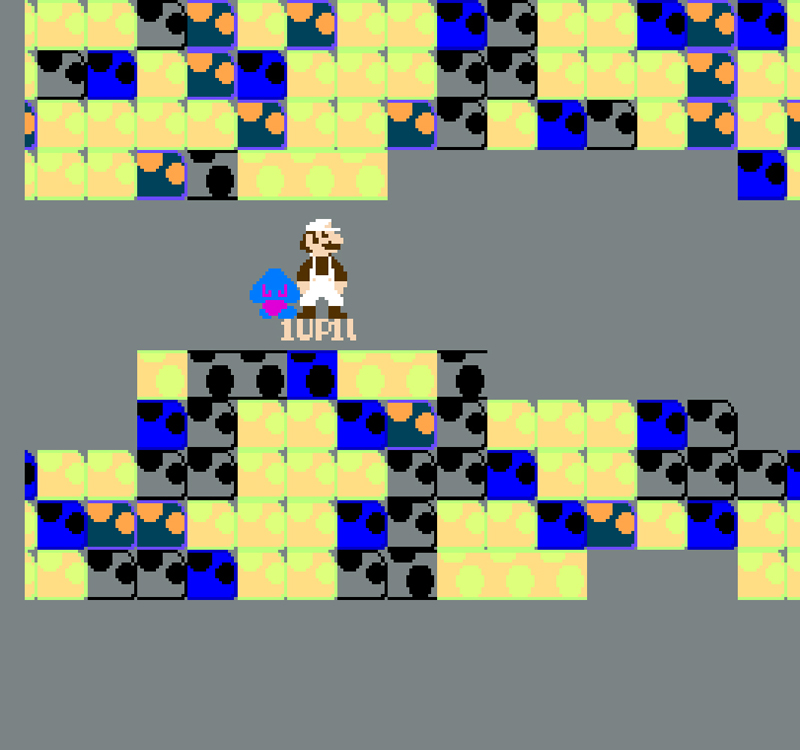Internet provocateurs JODI pioneered Web art in the mid-1990s. Based in The Netherlands, JODI (Joan Heemskerk and Dirk Paesmans) were among the first artists to investigate and subvert conventions of the Internet, computer programs, and video and computer games. Radically disrupting the very language of these systems, including interfaces, commands, errors and code, JODI stages extreme digital interventions that destabilize the relationship between computer technology and its users. [1]
JODI (Joan Heemskerk and Dirk Paesmans) was formed in 1994. Joan Heemskerk was born in 1968 in Kaatsheue, The Netherlands. Dirk Paesmans was born in 1965 in Brussels, Belgium. Heemskerk and Paesman both attended Silicon Valley's electronic arts laboratory CADRE at San Jose State University in California; Paesmans also studied with Nam June Paik at the Kunstakademie in Dusseldorf. JODI's works are typically seen online. Their recent solo exhibitions include INSTALL.EXE at Eyebeam, New York, which toured to [plug-in], Basel, and BuroFriedrich, Berlin; and Computing 101B at FACT Centre, Liverpool, England. Their works have also been exhibited at Centre for Contemporary Art, Glasgow; Kunstverein Bonn; Stedelijk Museum, Amsterdam; Zentrum fur Kunst und Medientechnologie, Karlsruhe, Germany; Documenta X, Kassel, Germany; Harvard Art Museum, Massachusetts; EAI at ICA, Phillidelphia; and Lisson Gallery, New York, among many others. [1]
Misusing technological tools and languages has been a trademark for Jodi.org (Joan Heemskerk and Dirk Paesmans) since the mid-nineties, when they emerged as the pioneers of a movement which later became internationally known as net.art. Starting by applying this creative strategy to browsers, subverting websurfing logics and hacking the graphic interface, they then moved to videogames and finally to the so-called Web 2.0, deconstructing platforms such as Blogger, Google Maps and now Twitter. [2]
Selected net art pieces [3]
- http://wwwwwwwww.jodi.org - the website that caused Jodi's uproar in popularity with contemporary art.
- http://globalmove.us/ - another website using Google Maps, this time creating artistic patterns with the map signs.
- http://geogeo.jodi.org/ - a site using Google Maps to show supposed 'Cityfonts'.
- http://map.jodi.org/ - Jodi's personal map of the Web.
- http://404.jodi.org/ - playing with the "404 - File not Found" premise.
- http://sod.jodi.org/ - an art game modification of Wolfenstein 3D.
- http://asdfg.jodi.org/ - an experimental website, using randomly generated ASCII art and Javascript.
- http://yt-rtyuiop.org/ - an experimental website, very similar to asdfg.jodi.org, YouTube related.
- http://text.jodi.org/ - a website similar to wwwwwwwww.jodi.org, containing jumbled graphics.
- http://jetsetwilly.jodi.org/ - an edit of the game Jet Set Willy.
- http://www.wrongbrowser.com/ - absurd artistic interpretation of a browser (Alt-F4 to exit on Windows, CMD-Q on Mac).
- http://g33con.com/ - a web archive containing many websites, including the redirect experiment "you-talking-to-me-you-talking-to-me-you-talking-to-me.com".
- http://www.untitled-game.org/ - also on CD-ROM, twelve modifications of Quake.
- http://maxpaynecheatsonly.jodi.org/ - cheats on built-in functions of the video game Max Payne 2 - new work released in May 2006.
- http://tatatataa.cn/ - an experimental website with a grey background, along with the voice of Duke Nukem saying the Textedit options.
- http://zyx-app.com/ - an art project, experimenting with iPhones and human movement.
- http://compositeclub.cc/ - a web archive, each containing various clips from PlayStation 2 Eyetoy games like EyeToy: Monkey Mania, and Sega Superstars, being "played" by movies.
- http://audioswap5.com/ - redirects to a YouTube channel showing videos of internet-themed songs recorded onto vinyl.
- http://oss.jodi.org - another Javascript site, famous for containing malicious code.
- http://x20xx.com/ - slightly related to zyx-app.com, contains various visual experiments.
- http://folksomy.net/ - a web archive containing randomly selected clips from YouTube, all by tag.
- http://mboxjodi.org/ - another web archive, this time containing lists of various files, ordered by file extension.
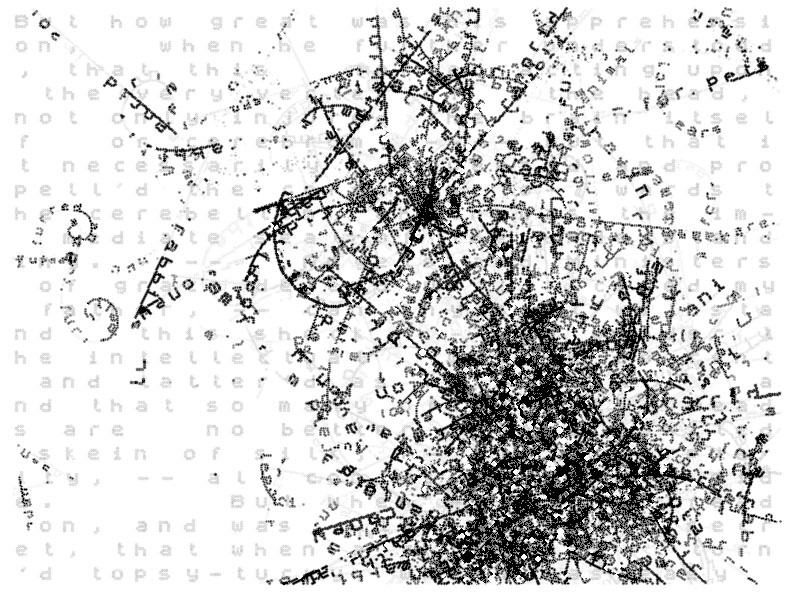 die.txt (2005), a bio-engineered text editor. As the user types, individual words spawn outgrowths of alternative meanings and definitions.
die.txt (2005), a bio-engineered text editor. As the user types, individual words spawn outgrowths of alternative meanings and definitions.
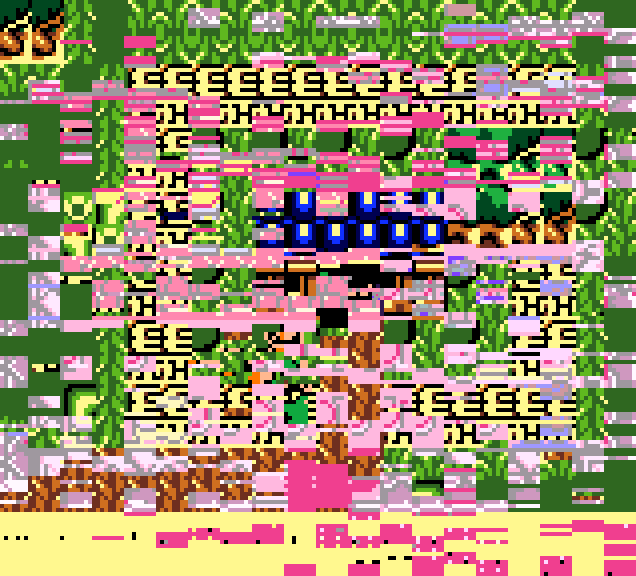 gameboy_ultraF_uk (1997-1999), consists of a Free Software Game Boy emulator whose rendering system has been (pathologically) rewritten to degenerate over time.
gameboy_ultraF_uk (1997-1999), consists of a Free Software Game Boy emulator whose rendering system has been (pathologically) rewritten to degenerate over time.
 Mesh (2001-2002), a sci-art 2000 research and development project dealing with the subject of self-organising networks.
Mesh (2001-2002), a sci-art 2000 research and development project dealing with the subject of self-organising networks.
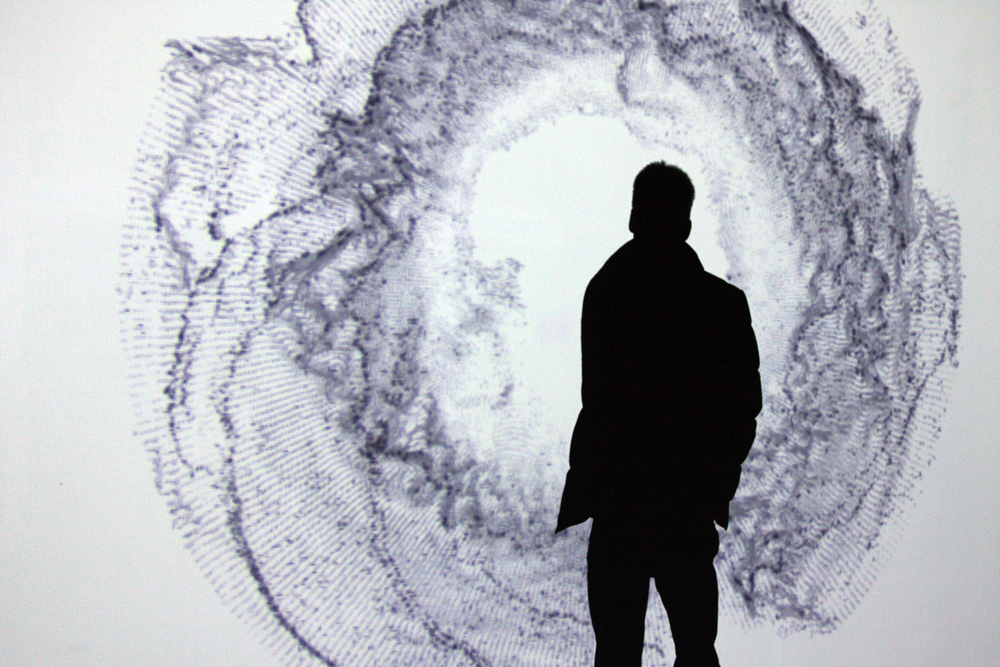 Southern Ocean Studies (2009-2011), part of a series of projects which aims to explore how climate models can function as representations of climate change beyond their original scientific contexts and purpose and exists as a large screen-based installation driven by live and archived data sets.
Southern Ocean Studies (2009-2011), part of a series of projects which aims to explore how climate models can function as representations of climate change beyond their original scientific contexts and purpose and exists as a large screen-based installation driven by live and archived data sets.
